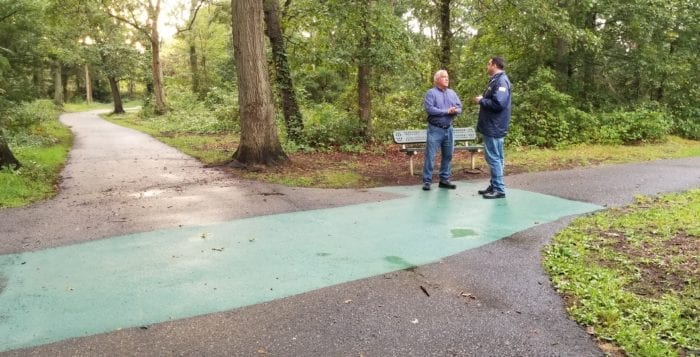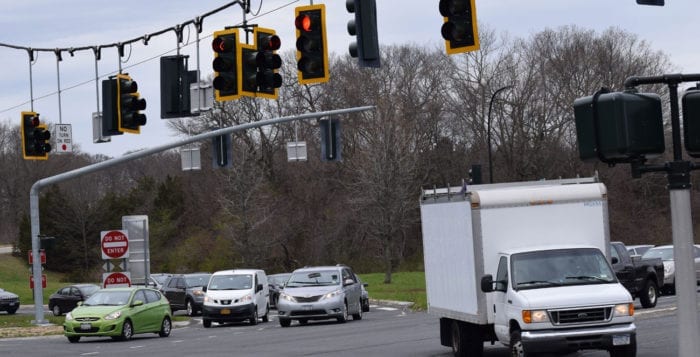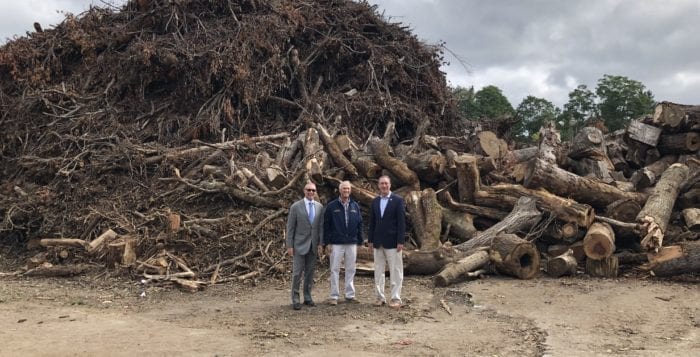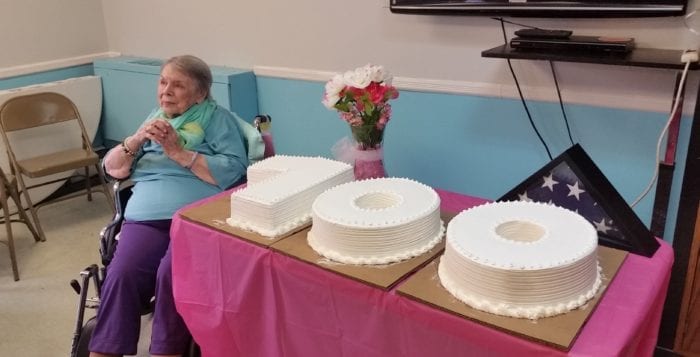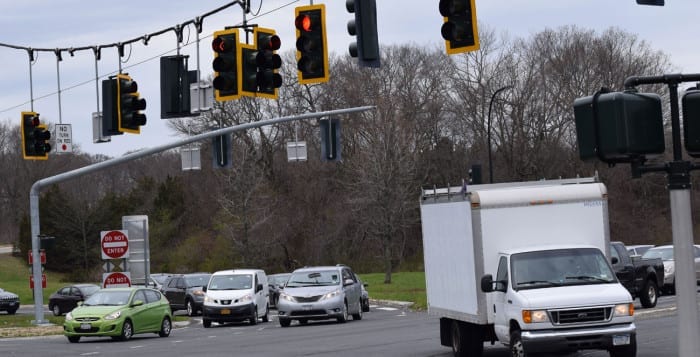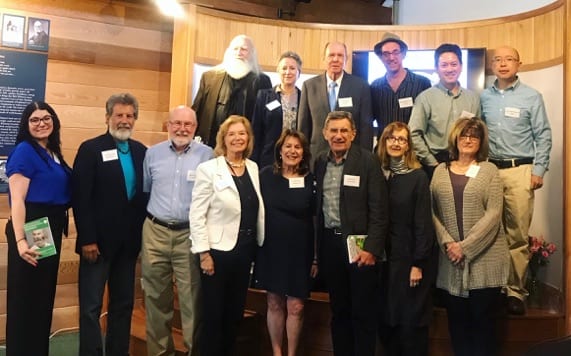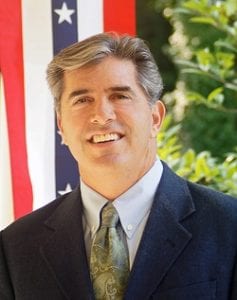A proposed development at Indian Hills Golf Course in Fort Salonga is once again drawing criticism and the ire of a community. A public hearing scheduled for Sept. 18 will open discussions on the environmental impact statement for the construction of 98 town houses.
In August of 2018, the Town of Huntington’s planning board issued a positive declaration to the developers, Hauppauge-based Northwind Group. The environmental impact statement review is the next step of the approval process.
The upcoming presentation will focus on how potential development would impact water quality of local watersheds, the area’s steep slopes, coastal erosion zones, traffic and other issues.
John Hayes, president of the Fort Salonga Property Owners Association, said the proposed development is massive and will negatively impact local roadways and surrounding wetlands, among other things.
“We’ve been opposed to the development, it’s not something the community wants,” he said.
The project, dubbed the Preserve at Indian Hills, is a 55-and-over clustered housing development. In addition to the 98 town houses, the project also includes a new fitness center with an expanded clubhouse alongside the existing golf course.
Previously, the association asked town officials to place a moratorium on new developments in the Crab Meadow Watershed area, which includes Indian Hills. It came after town officials released a draft of the Crab Meadow Watershed Plan, done by GEI Consultants.
The study’s goal was developing a community-driven stewardship plan that highlights best practices in the future management of the watershed area, according to a March 2018 TBR News Media article. It also focused on evaluating the environmental conditions of the land around the Jerome A. Ambro Memorial Wetland Preserve in Fort Salonga.
“The study showed that the watershed area is built out to its zoned density, we believe there shouldn’t be close to 100 homes built there,” Hayes said.
The proposed development has been a decisive topic in the Huntington community for close to three years. Over the years, the developers have tried to change zoning for the property from 1-acre single family to open space cluster district, in the hopes of building homes on the property. They also changed the initial plans from building 108 units to 98.
“We expect public comment on our application which is permitted within our current zoning,” Jim Tsunis, managing member of The Northwind Group said in a statement. “Our professionals will address all concerns during the hearing on Sept. 18 and the extended public comment period.”
The president of the association said they remain skeptical of the development and plan to attend the upcoming planning board hearing.
“We will be there to challenge their findings and we’ll counter their points,” Hayes said.
Residents can review the Draft Environmental Impact Statement on the town’s website under the Planning and Environment Department page: www.huntingtonny.gov/indian-hills-deis-july2019.
After the public hearing, the town will be accepting public comments through Oct. 18 either online or letters can be mailed to: Huntington Town Hall, Department of Planning & Environment (Room 212), 100 Main St., Huntington, NY 11743.
Following public comments, the next steps for the development would be a final environmental impact statement and a possible preliminary subdivision hearing.


